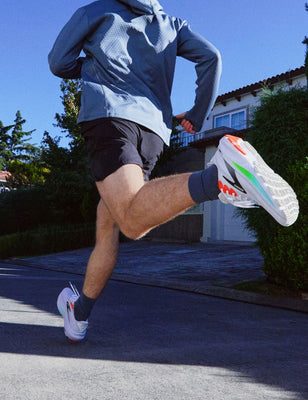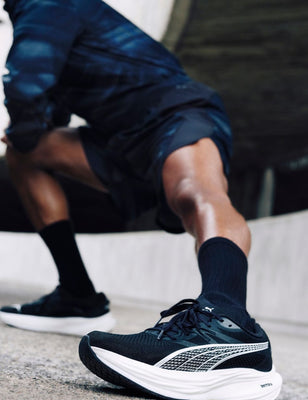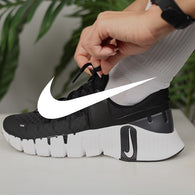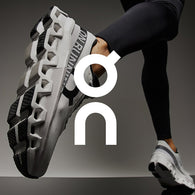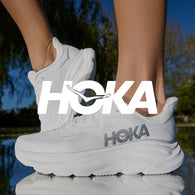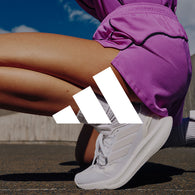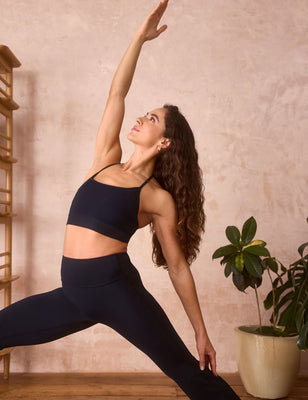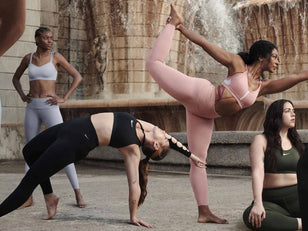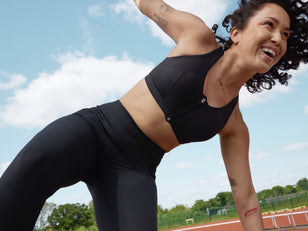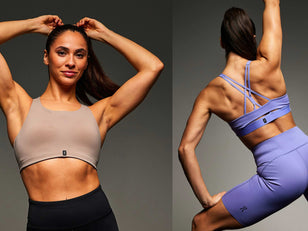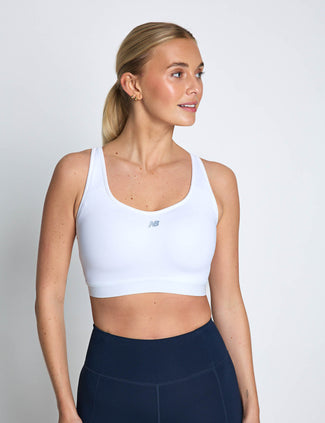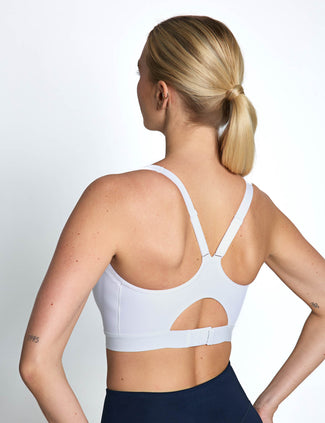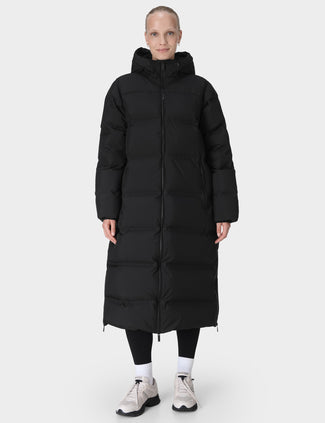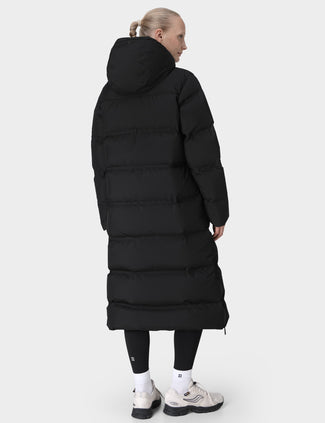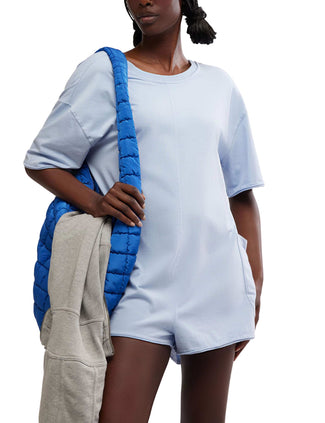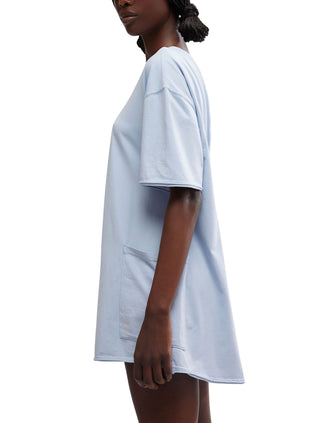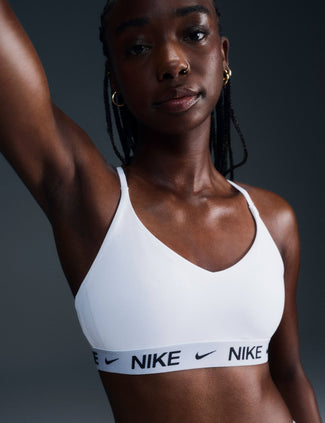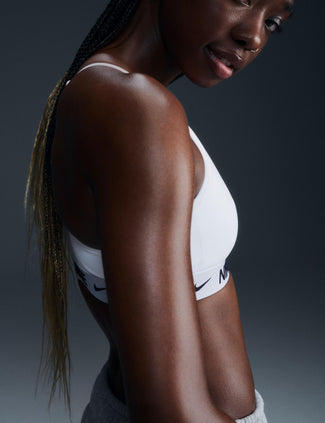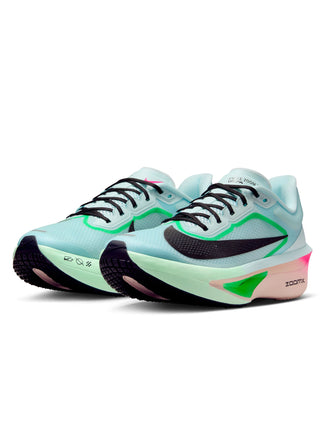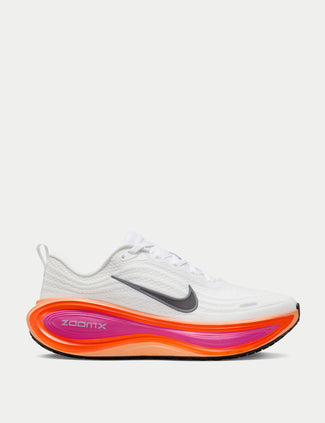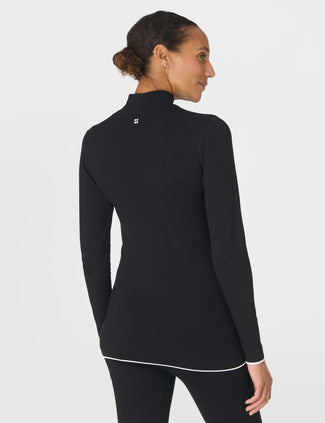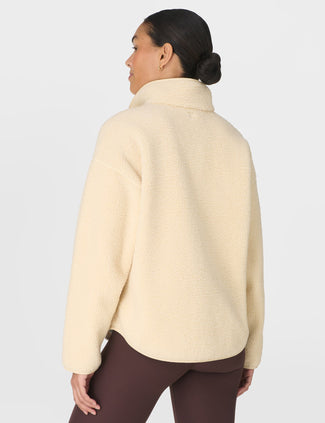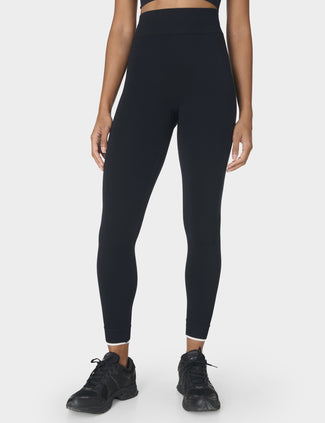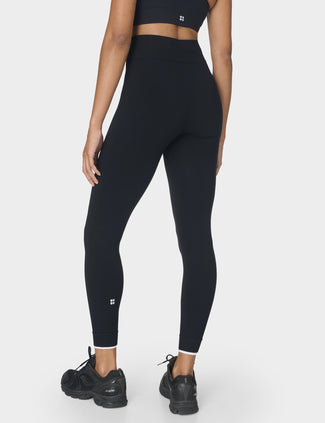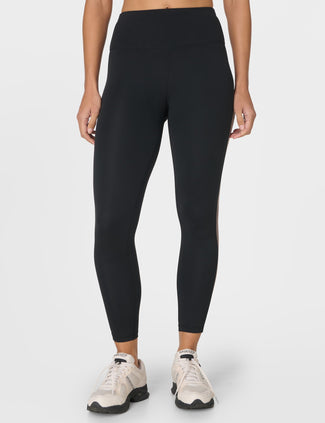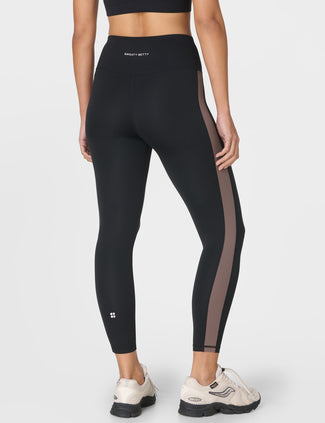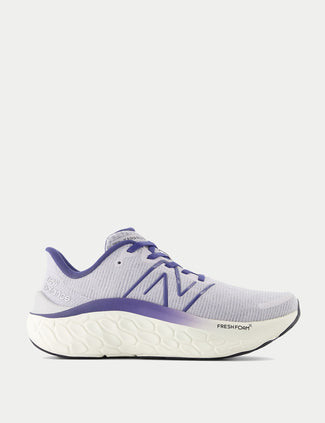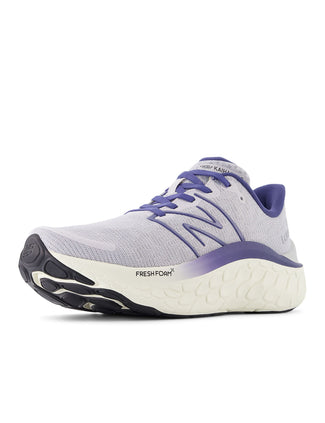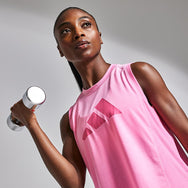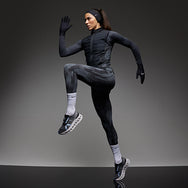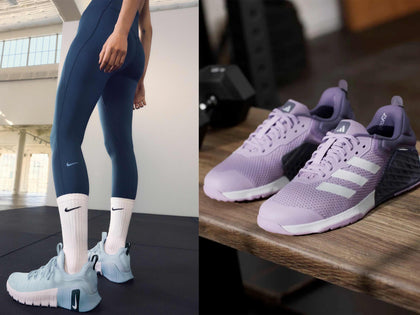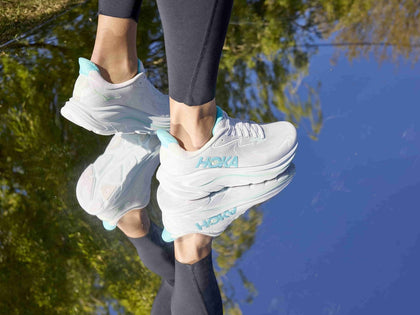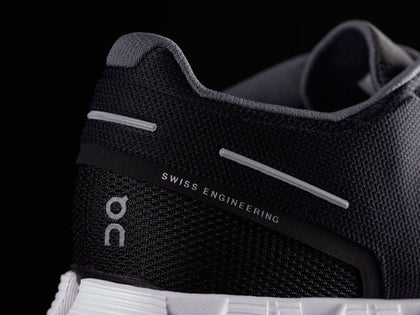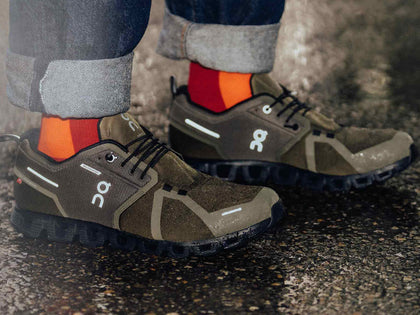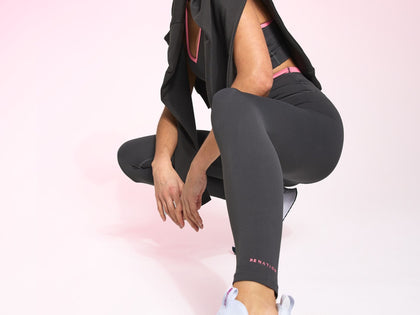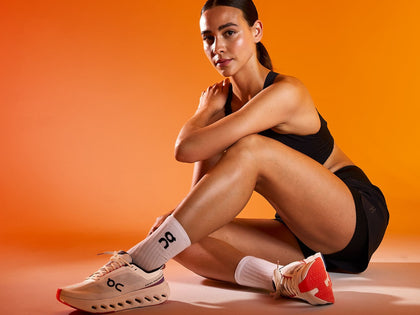Which Boost should you choose? Ultra Boost, Pure Boost, Solar Boost or 'UB19'?
Not only did adidas top the US sneaker charts in 2016, beating Nike to the top shoe spot for the first time in more than a decade, but in ‘Boost’ it owns the most popular innovation in sneakers, beloved by sneakerheads and athletes alike.
Whilst launch hype has centred on new Ultra Boosts and NMDs, the Boost family has steadily grown, and the new men’s Pure Boost DPR that launched in May 2017 is the latest and greatest addition. I received a sample pair this week to test ahead of the launch.
First up, as you can see from the images, they have a nice sleek, streamlined silhouette, with a two-toned grey knit upper, clean white Boost midsole and lower offset.
In February 2021 adidas released the all new UB21- read our adidas Ultraboost 21 review.
Discover: Women's adidas Ultra Boost | adidas ultra boost Men's
What's the Pure Boost DPR best for?
The Pure Boost DPR is aimed firmly at the urban street runner, doing 5-10k distances, dodging traffic and whatever the city throws at you.
Compared to the Ultra Boost 3.0, which allows more movement than is ideal for street running, the Pure Boost DPR offers:
“All over the world, runners are exploring cities and expressing their creativity in the routes they choose and the challenges they take on," explained Stephen Schneider, adidas Global Director.
"We wanted to build something purely designed for this type of runner, and loved the idea of creating a more adaptive running experience.
This led us to design an 8mm heel-to-offset, that when paired with signature BOOST technology allows the feet to sit lower, deeper, and much closer to the streets.”
Do the Ultra Boost and the Pure Boost DPR differ in size?
The Pure Boost DPR are lighter than the Ultra Boost at 258g (vs. 312g), and combined with the lower heel-to-toe drop they do feel notably different, with more of a natural, racing feel.
The offset differential doesn’t sound like much at only a 2mm difference, but you notice it straight away.
- Ultra Boost Differential: 10mm & Stack Height 29mm/ 19mm
- Pure Boost DPR Differential: 8mm & Stack Height 24mm/ 16mm
What is a trainer's 'differential'?
Everyone describes this differently, but basically heel-to-toe drop/offset/differential – are all just the difference between heel height and forefoot height on a trainer.
If a shoe has a drop of zero the heel and ball of the forefoot are at exactly the same height off the ground. 10mm means the heel sits 10mm higher etc.
Most conventional running shoes have drops of 10mm or more, whereas more minimalist, racing shoes have a lower offset and more natural stride.
Both shoes have kept the infamous Boost foam midsole. adidas has shied away from the traditional EVA foam midsole as that meant a trade off between cushioning and responsiveness.
The responsiveness of a shoe is how much energy it gives out from each of your steps so you 'power off' with every stride. The cushioning of a traditional shoe will absorb that energy so you'll have to work harder.
This has meant that runners have had to trade off comfort and responsiveness - not with the Boosts.
The Boost midsole is made from 3000 TPU (thermoplastic polyurethane) capsules so can return energy whilst still feeling 'slipper-like' plush. Studies have shown a 10-15% improvement in energy retention versus traditional EVA.
How to choose between Pure Boost DPR and Ultra Boost
There is no right answer, it depends on how you run, and a lot of new thinking is about finding your body’s ‘preferred movement path[i]’ where the trainer feels like an extension of your feet when you run it in, and doesn’t counter your natural movement.
Some runners like higher heel-to-toe drops, others gravitate towards flatter, more natural models.
If I’m running long distance, I love the energy rebound from the Ultra Boost when I heel-strike.
However the Pure Boost DPR is definitely filling a gap for a more dynamic and adaptable shorter distance shoe (I’d say up to 10k). Why?
Well with the Pure Boost DPR, you still get the cushioning and energy rebound of an Ultra Boost but in a lighter, lower profile shoe, with a more racer like feel.
The Pure Boost DPR also offers greater support in the upper for stop/start city runs and lateral movement. As such, the Pure Boost DPR would also be equally at home in a HIIT class as a 5k.
Combine this with a sleek silhouette and it appears adidas has another winning formula on its hands in the DPR.
So where does the new Solar BOOST fit in?
A year after launching the Pure Boost DPR, adidas launched its new Solar Boost shoe. So how does this new contender compare the to rest of the boost family?
-
It keeps the much loved energy returning boost™ technology in the midsole
-
It has beefed up the support in the upper, via a completely new upper design with an overlay system that provides elasticated support at key zones, giving a more snug, locked-in feel
-
While it offers protection and support where you need it, it still gives freedom to your natural movement
-
It adds support without adding weight (it weighs in at only 295g) nor bulking up the shoe
-
It replaces the plastic mid-foot cage of the Ultra Boost with a fabric cage. The combination of this and the overlay system gives more support than the Ultra Boost in terms of lateral movements
-
It has a more technical running silhouette than the Ultra Boost
- It has higher energy return than the Nike Epic React Flyknit
In short, the Solar Boost is a great shoe for a runner who wants the Boost mid-sole with a bit more support.
What about the new Ultraboost 19 'UB19'
Maybe it won’t be as universally loved for its aesthetics, but the Ultraboost 19 is a better running shoe. It delivers a more locked down, secure fit, achieving that with just the right amount of adaptability.
The mesh cage is more comfortable than the old plastic one, and the new 3D wire heel counter is a clever innovation, giving the heel support without any resistance.
The 20% increase in Boost means a huge chunk of responsive cushioning under your foot, so the ride is pretty hard to beat, especially if you want a trainer for steady long-distance runs.
Overall, the UB19 is a step forward in terms of a performance trainer. Read our review of the adidas Ultraboost 19.
All new Ultraboost 21 Launched
In February 2021 adidas launched the Ultraboost 21. It represents a welcome return to form, with lots of performance improvements, with 6% more Boost, greater responsiveness and an updated upper.
But the biggest difference is in the design; it is visually so much better than the UB19 and UB20.
We think it is the best Ultraboost update in years; runners will be happy with the tech updates, whilst those who wear them casually will be delighted with the new aesthetic. Read our adidas Ultraboost 21 review.
Shop our full range of adidas Ultra Boost Trainers
http://bjsm.bmj.com/content/49/20/1290









